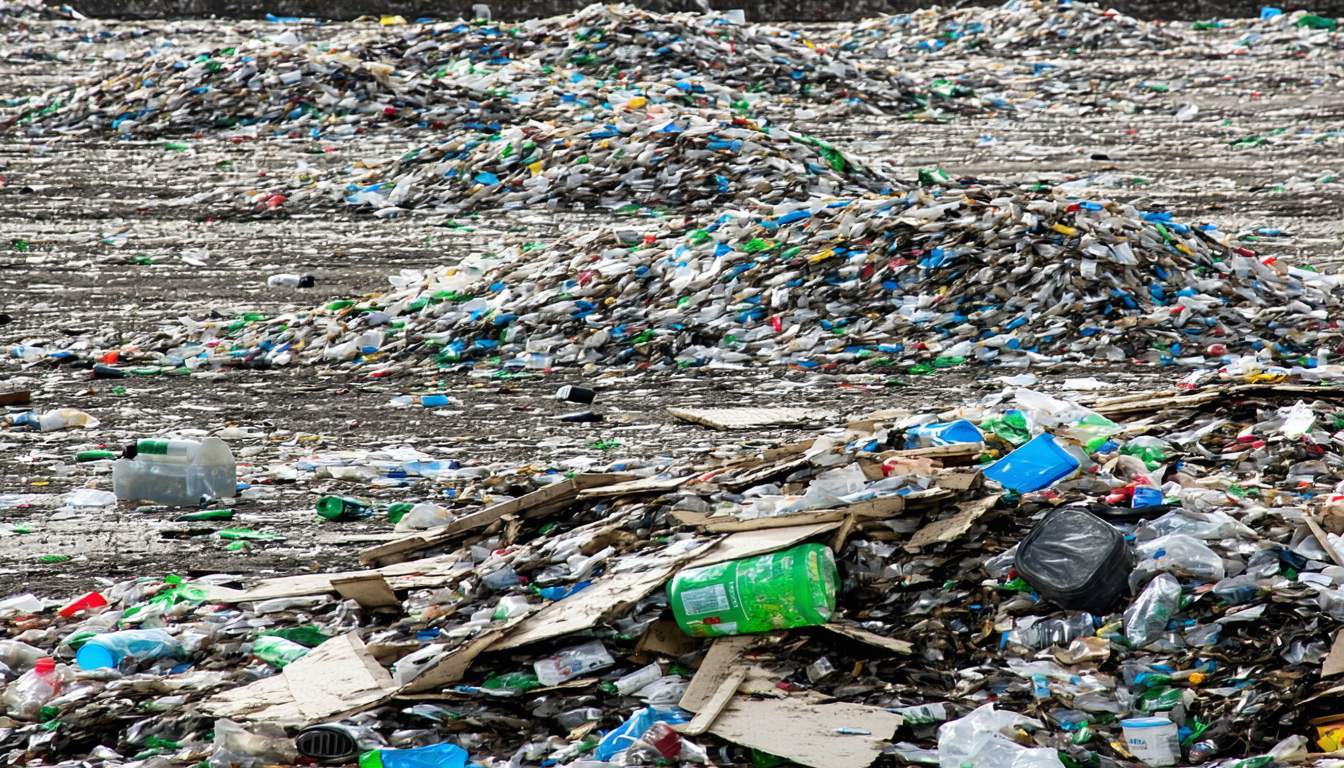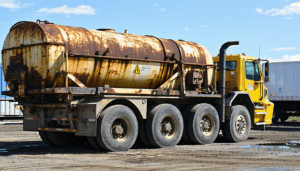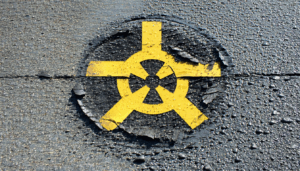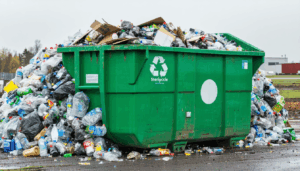The management of solid waste disposal in the United States remains a pressing issue as the nation grapples with growing waste volumes and environmental concerns. With over 292 million tons of municipal solid waste generated annually, according to the Environmental Protection Agency (EPA), innovative solutions and policy changes are critical. This article explores the latest developments in solid waste disposal, from technological advancements to regulatory shifts, and their impact on communities and industries. Stay tuned as we uncover key trends shaping the future of waste management in America.
The Growing Challenge of Solid Waste Disposal
The U.S. faces a mounting crisis in handling solid waste, with landfills nearing capacity in many regions. The EPA notes that Americans generated 4.9 pounds of waste per person daily in 2018, a figure that has likely risen with population growth and consumerism. Much of this waste—over 50%—ends up in landfills, contributing to greenhouse gas emissions like methane.
This escalating problem affects urban and rural areas alike. Cities struggle with limited space for new landfills, while rural communities often lack access to advanced recycling facilities. The urgency to address these challenges has never been clearer.
Key Developments in Waste Management Technology
Innovations are transforming how the U.S. approaches solid waste disposal. Advanced recycling technologies, such as chemical recycling, are breaking down plastics into reusable materials, reducing landfill dependency. Additionally, waste-to-energy plants are gaining traction, converting trash into electricity or fuel.
According to Dr. Emily Carter, an environmental engineer at Stanford University, “Technologies like anaerobic digestion and plasma gasification offer sustainable ways to manage waste while generating energy.” These solutions, though promising, require significant investment and public support to scale effectively. As of 2023, over 70 waste-to-energy facilities operate nationwide, per EPA data.
Regulatory Shifts Impacting Solid Waste Disposal
Recent policy changes are reshaping the landscape of waste management. In 2022, the Biden administration introduced stricter guidelines under the Resource Conservation and Recovery Act to reduce landfill emissions. States like California have also set ambitious goals, aiming for a 75% recycling rate by 2030.
These regulations push industries to adopt sustainable practices but pose challenges for small businesses with limited resources. Stakeholders argue that federal funding and incentives are essential to balance compliance costs. The EPA’s $375 million grant program for recycling infrastructure, announced in early 2023, aims to bridge this gap.
Community and Environmental Impacts
Improper solid waste disposal disproportionately affects marginalized communities, often located near landfills or incinerators. Studies show higher rates of respiratory issues and water contamination in these areas, raising environmental justice concerns. Advocacy groups are pushing for equitable policies to relocate or upgrade facilities.
On a broader scale, reducing landfill use can curb methane emissions, a potent greenhouse gas. The EPA estimates that landfills account for 14% of U.S. methane emissions, making waste diversion a key climate strategy. Community-led initiatives, such as composting programs, are gaining momentum as local solutions.
Economic Stakes for Industries
The solid waste disposal sector is a multi-billion-dollar industry, employing over 400,000 workers nationwide, based on 2022 Bureau of Labor Statistics data. However, rising operational costs and regulatory pressures challenge profitability. Companies must invest in greener technologies while managing consumer expectations for affordable services.
On the flip side, innovation opens new revenue streams. Firms specializing in recycled materials or renewable energy from waste are seeing growth. This shift could redefine the economic landscape of waste management in the coming decade.
Future Outlook and Potential Solutions
Looking ahead, experts predict that circular economy models—emphasizing reuse and recycling—will dominate solid waste disposal strategies. Public-private partnerships could accelerate infrastructure upgrades, while education campaigns may boost household recycling rates. However, funding and policy consistency remain hurdles.
Balancing environmental goals with economic realities will be crucial. Some stakeholders advocate for extended producer responsibility laws, requiring manufacturers to manage product end-of-life disposal. Others caution against overburdening businesses without clear incentives.
In conclusion, solid waste disposal in the U.S. stands at a crossroads in 2023. With innovative technologies, evolving regulations, and community advocacy driving change, there’s hope for a more sustainable future. Addressing these challenges requires collaboration across sectors to ensure both environmental protection and economic viability.
Frequently Asked Questions (FAQ)
1. How much solid waste does the U.S. generate annually?
The U.S. generates over 292 million tons of municipal solid waste each year, as reported by the Environmental Protection Agency (EPA).
2. What are the main methods of solid waste disposal in the U.S.?
Common methods include landfilling (over 50% of waste), recycling (about 24%), composting, and waste-to-energy incineration.
3. How do landfills impact the environment?
Landfills contribute to greenhouse gas emissions, particularly methane, and can contaminate soil and groundwater if not properly managed.
4. What innovations are helping manage solid waste?
Technologies like chemical recycling, anaerobic digestion, and waste-to-energy plants are reducing landfill reliance and generating resources from trash.
5. How can individuals contribute to better waste management?
Individuals can reduce waste by recycling, composting organic materials, minimizing single-use plastics, and supporting local sustainability initiatives.




